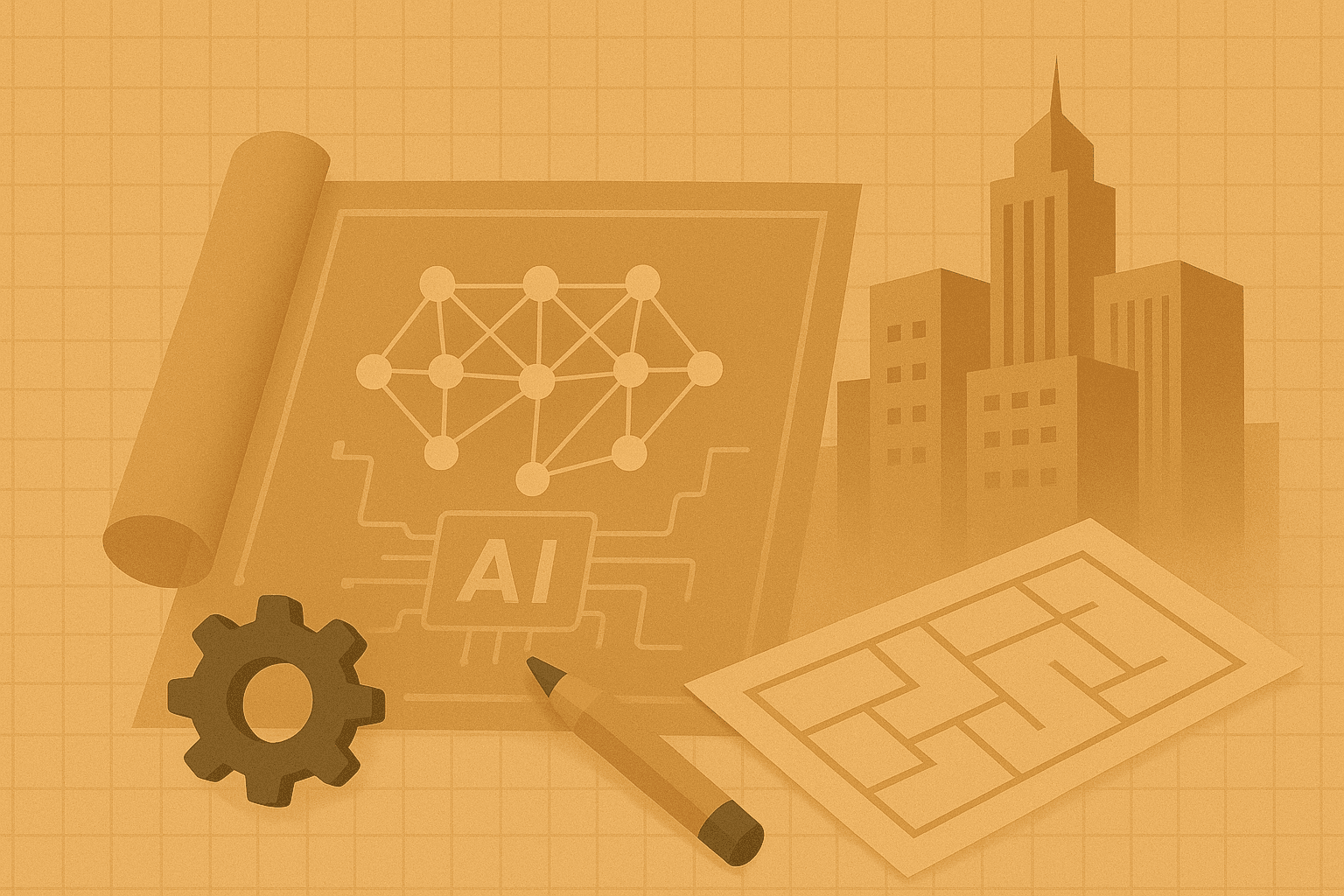
AI Use Cases & RoI
•02 min read
As enterprises increasingly integrate Generative AI into their core operations, establishing robust governance frameworks becomes paramount. Without careful consideration of potential risks and the implementation of appropriate controls, GenAI deployments can expose organizations to significant challenges. This fifth blog in our series focuses on identifying critical GenAI risks and outlining the essential elements of a governance framework designed to mitigate these risks and build trust in enterprise deployments.
Several critical GenAI risks demand careful attention:
Data Privacy Violations: Large language models can inadvertently expose sensitive information (Personally Identifiable Information - PII, confidential data) through prompts, API interactions, or generated outputs, particularly in RAG applications.
Model Security Flaws (OWASP LLM Top 10): Emerging security vulnerabilities specific to large language models, such as prompt injection (manipulating the model through crafted inputs), insecure output handling, and data poisoning (introducing malicious data into training sets), pose significant threats.
Algorithmic Bias: Foundation models trained on biased data can perpetuate and even amplify existing societal biases in their outputs, leading to unfair or discriminatory outcomes.
Factual Inaccuracies (Hallucinations): Large language models can sometimes generate plausible-sounding but factually incorrect information, undermining trust and potentially leading to flawed decision-making.
Intellectual Property (IP) Concerns: Questions surrounding the ownership and usage rights of content generated by AI models need careful consideration, especially when using proprietary data for fine-tuning or RAG.
Establishing a robust Governance Framework is crucial for navigating these risks. Key components include:
Promoting Transparency and Explainability can help build trust in GenAI systems. This includes:
Documenting Data Sources (especially for RAG): Clearly recording the sources of information used to ground GenAI models.
Documenting Model Limitations: Acknowledging the known limitations and potential biases of the deployed models.
Documenting Decision Processes (where feasible): Providing insights into how GenAI models arrive at their outputs, especially in critical applications.
Governing GenAI effectively is not an optional add-on but a fundamental requirement for responsible and successful enterprise deployments. By proactively identifying and mitigating critical risks through the establishment of robust governance frameworks, the implementation of technical controls, adherence to regulatory compliance, and the promotion of transparency, enterprises can build trust in their GenAI systems and unlock their transformative potential with confidence. Our next blog will focus on the crucial task of quantifying the GenAI dividend by exploring how to measure ROI, productivity gains, and competitive impact.
Defining Acceptable Use Policies: Clearly outlining how GenAI tools can and cannot be used within the organization, including guidelines on data input, output usage, and responsible innovation.
Roles & Responsibilities: Assigning clear ownership and accountability for different aspects of the GenAI lifecycle, from development and deployment to monitoring and compliance.
Ethical Guidelines: Developing principles and guidelines to ensure the ethical development and deployment of GenAI, addressing issues like bias, fairness, and transparency.
Oversight Committees: Establishing cross-functional teams responsible for overseeing GenAI initiatives, reviewing potential risks, and ensuring adherence to governance policies.
Implementing technical controls is essential for enforcing governance policies:
Input Validation: Implementing measures to sanitize user inputs and prevent malicious prompts, such as prompt injection attacks.
Output Filtering/Moderation: Utilizing built-in API features or dedicated tools like Guardrails AI to filter and moderate generated outputs, preventing the dissemination of harmful, biased, or inappropriate content.
Access Controls: Implementing strict access controls to GenAI models, data, and infrastructure, ensuring that only authorized personnel can interact with these resources.
Secure API Key Management: Securely storing and managing API keys to prevent unauthorized access to GenAI services.
Ensuring Regulatory Compliance is also a critical aspect of GenAI governance. Enterprises must adhere to existing data privacy regulations like GDPR, CCPA, and HIPAA, as well as financial regulations and anticipate future legislation like the EU AI Act. Staying informed about evolving legal and regulatory landscapes is crucial.


